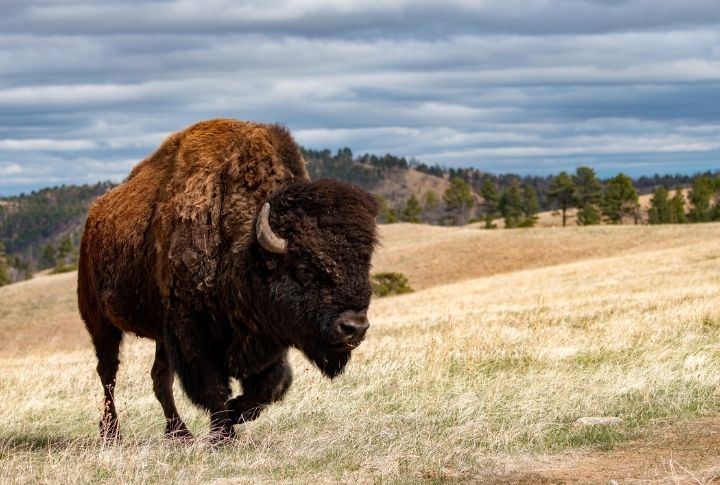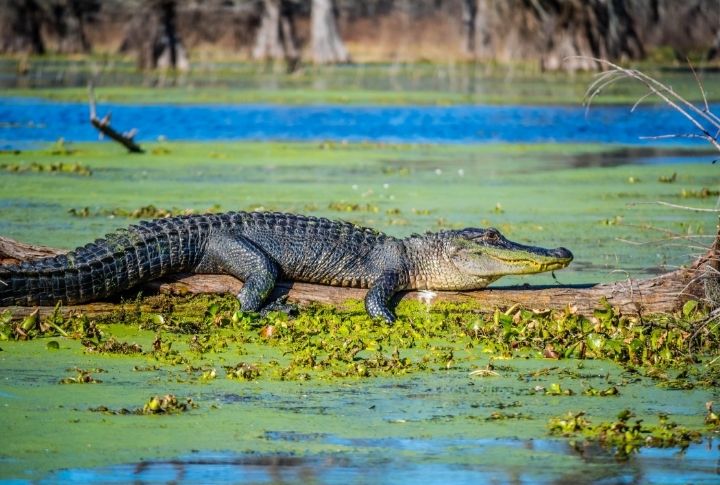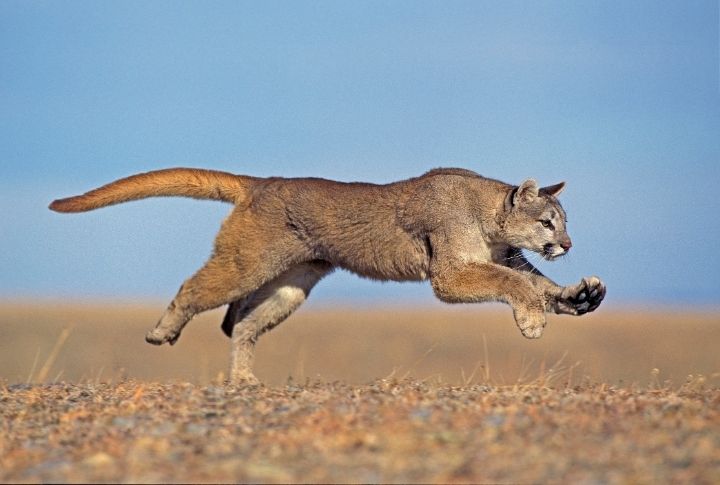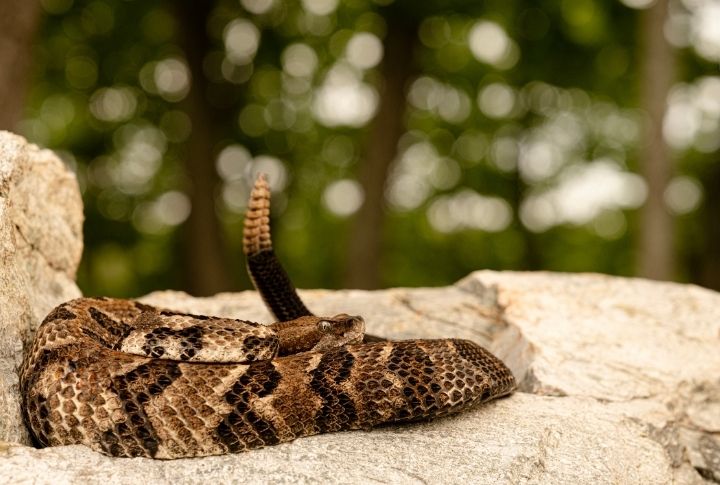
The world is home to an incredible variety of creatures, some of which can be quite docile and friendly, while others are undoubtedly wild and potentially dangerous. North America is home to numerous such animals that can significantly threaten human health and safety. We’ve compiled a comprehensive list of these animals to help you stay secure and make educated decisions.
Grizzly Bear

Grizzly bears are powerful predators in North America, particularly in Alaska and western Canada. Known for their strength and territorial nature, encounters with these beasts can be deadly if they feel threatened. They weigh up to 1,500 pounds and are highly protective, especially of their cubs.
American Alligator

Found primarily in the southeastern United States, Florida, and Louisiana, American alligators can grow up to 13 feet long. Their powerful jaws can snap with a force of over 2,000 pounds per square inch, giving them the title of a formidable predator. These reptiles can be aggressive if disturbed or when protecting their nests.
Eastern Diamondback Rattlesnake

The Eastern Diamondback Rattlesnake, the largest venomous snake in North America, can reach lengths of up to 8 feet. Its bite delivers a potent venom that can be fatal without prompt medical treatment. When threatened, these snakes can strike up to two-thirds of their body length away by raising the front half of their bodies off the floor in an S-shaped coil.
Black Widow Spider

The black widow spider, identified by the red hourglass shape on its abdomen, is found throughout North America. Its venom is neurotoxic and can induce intense pain, muscle cramps, and, in some cases, death. This genus of spiders likes dark, quiet environments, and their name and unsettling reputation come from the fact that females are often engaged in sexual cannibalism.
Mountain Lion

Also known as cougars or pumas, these big cats can weigh up to 220 pounds and are found across the western United States and Canada. These beasts can leap up to 40 feet horizontally, showcasing their agility and strength. They are elusive but dangerous, particularly if they feel cornered or if a human appears as prey.
Wolverine

Wolverines are renowned for their brutal confrontation techniques, frequently defeating opponents bigger than themselves. They are widely recognized for their capacity to adapt to challenging conditions, are fiercely protective of their territory, and may turn hostile in response to perceived threats.
American Bison

Despite their docile appearance, American bison can be highly dangerous. Bison play a tremendous role in enhancing the biodiversity of the prairie ecosystems where they live. These massive animals are unpredictable and can charge at high speeds if threatened or provoked, particularly in national parks like Yellowstone.
Bull Shark

Bull sharks are unique among sharks because they can survive in salt and freshwater. They have been found in both rivers and lakes far from the ocean, such as the Mississippi River and Lake Nicaragua. They are aggressive and considered one of the most menacing sharks to humans due to their tendency to venture into freshwater.
Brown Recluse Spider

The brown recluse spider, found primarily in the central and southern United States, has a nasty bite that can cause severe necrosis. While fatalities are rare, bites often result in serious medical conditions. Also, as its name suggests, it prefers secluded areas, usually spinning its webs in closets, garages, woodpiles, and sheds.
Polar Bear

The polar bear is a terrifying predator in the Arctic regions of North America. These mighty bears can be extremely dangerous to humans, especially as their natural hunting grounds shrink due to climate change. They are great swimmers and can cover long distances in search of food.
American Black Bear

Though generally less aggressive than grizzly bears, black bears can still be dangerous. Unlike grizzly bears, which are often protective and aggressive when threatened, black bears are more likely to view humans as potential prey in rare predatory attacks. They are widespread across North America.
Scorpion

Various scorpion species, such as the Arizona bark scorpion, inhabit North America. When hunting prey, they may use less venom to preserve their supply, but when defending themselves against a threat, they can deliver a more potent dose. Their stings can be excruciating and, in some cases, fatal, particularly for young children and older people.
Moose

Moose are the biggest members of the deer family and can be highly aggressive, especially during mating season or when with calves. Despite their generally docile appearance, moose are responsible for more attacks on humans than bears in North America.
Timber Rattlesnake

Timber rattlesnakes in the eastern United States are known for their potent venom. Though they are generally shy and avoid humans, their bites can be life-threatening if not treated quickly. Their venom contains hemotoxins, which break down blood and tissue, and neurotoxins, which affect the nervous system.
Great White Shark

Great white sharks live along the North American coastlines, particularly off California. Known for their size and power, they are accountable for the majority of shark attacks on humans. They have an acute sense of smell and can sense blood in the water from miles away.


Comments
Loading…